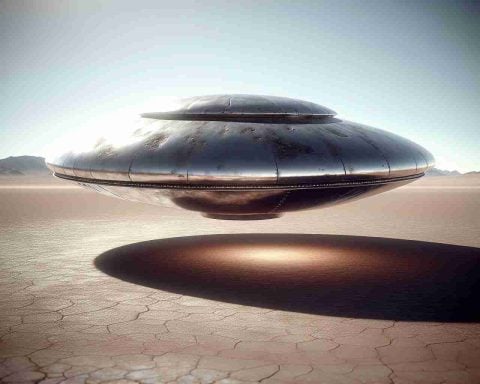Discover the Most Striking Satellite Images of 2024
In an exciting initiative, NOAA sought public input to determine the most impressive images captured by its satellites in 2024. The initiative featured 20 breathtaking images—10 from the GOES satellites and 10 from the JPSS Program—showcasing dramatic perspectives of natural phenomena like hurricanes, wildfires, and stunning displays of space weather. Engaging with users on social media platforms like X, Facebook, and Instagram, these images garnered thousands of likes and comments, highlighting the extraordinary beauty and challenges of our planet.
Among the standout images, the top choice from the JPSS Program showcased a breathtaking aurora enveloping the Northern Hemisphere. This image, captured through a Day-Night Band on May 10-11, 2024, resonated with viewers, earning over 2,100 likes, making it the most liked image of the year.
From the GOES satellites, the most captivating image featured the mesmerizing von Kármán vortices swirling over the Pacific Ocean, taken on April 30, 2024. This dynamic visual earned nearly 2,000 likes, captivating audiences worldwide with its elegance.
Other notable mentions included an infrared shot of Hurricane Milton’s eye and a dramatic GeoColor composite image of California’s Park Fire.
NOAA extends its gratitude to all participants who contributed to selecting these extraordinary satellite images that reveal the ever-changing face of our planet.
Experience Nature’s Splendor: The Most Stunning Satellite Images of 2024
In an innovative outreach effort, the National Oceanic and Atmospheric Administration (NOAA) invited the public to participate in selecting the most striking satellite images captured in 2024. This initiative showcased the power and beauty of our planet through visuals captured by NOAA’s satellite systems, specifically the Geostationary Operational Environmental Satellites (GOES) and the Joint Polar Satellite System (JPSS).
Key Highlights from the 2024 Satellite Images
NOAA compiled a collection of 20 remarkable images for public voting, split evenly between the GOES and JPSS programs. These images not only documented stunning natural occurrences but also highlighted environmental issues such as wildfires and hurricanes, drawing attention to the urgent challenges faced by our planet.
Top Images of 2024
- JPSS Program: The standout image featured an awe-inspiring aurora illuminating the Northern Hemisphere, taken via the Day-Night Band on May 10-11, 2024. It emerged as the most liked image with over 2,100 interactions on social media platforms.
- GOES Satellites: The image of von Kármán vortices, which formed over the Pacific Ocean on April 30, 2024, captured the attention of many, accumulating nearly 2,000 likes. The intricate patterns symbolized the beauty of natural oceanic phenomena.
- Other Remarkable Mentions: Additional noteworthy images included an infrared view of Hurricane Milton’s eye and a vivid GeoColor composite depicting California’s Park Fire, both highlighting the dramatic impacts of climate events.
User Engagement and Public Participation
Engagement on social media platforms like X, Facebook, and Instagram propelled these images into the limelight, sparking discussions on climate awareness and the significance of satellite monitoring for environmental changes. The initiative cleverly combined education with public involvement, allowing viewers to appreciate both the beauty and the challenges presented by our Earth.
Future of Satellite Imagery
The response to this initiative highlights a growing interest in satellite technology and its applications in monitoring natural disasters and environmental changes. As technology advances, we can expect even more refined and impactful visuals that not only capture the aesthetic qualities of Earth but also serve as critical tools for scientific research and public safety.
Conclusion
NOAA’s commitment to showcasing the extraordinary capabilities of satellite imagery opens doors for greater public awareness and engagement with environmental issues. These striking visuals serve as a reminder of our planet’s beauty and the urgent need for sustainable practices.
For more insights into NOAA’s programs, visit NOAA.



















